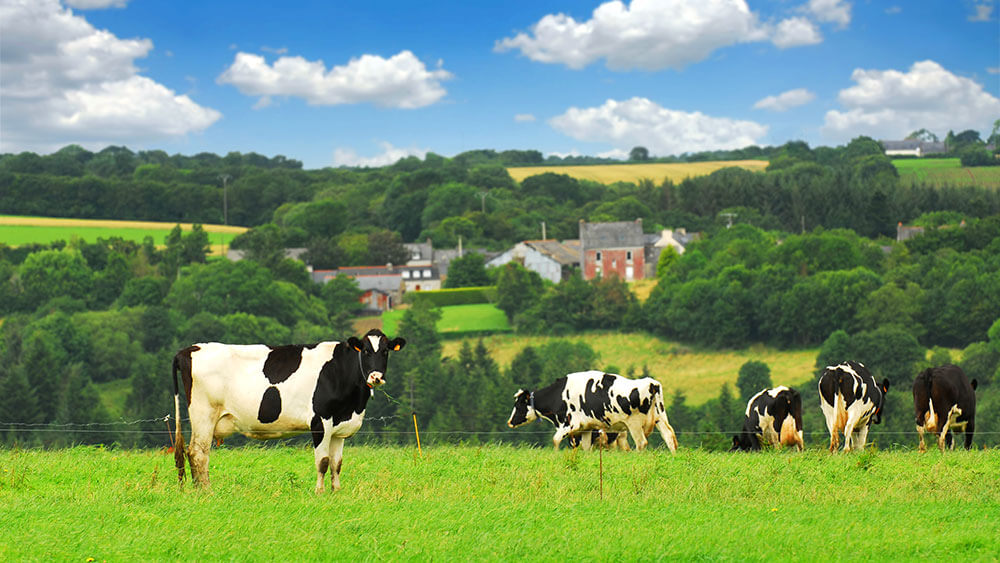
At Grass Roots Meetings and Events’ “Salon Speaker Series,” chef Dan Barber had a lot of insight to shed on grass-fed cattle.
A Grass Roots Meetings and Events’ inaugural “Salon Speaker Series” event took place last week in an appropriately intimate setting — the renowned Blue Hill Restaurant in New York City. Attendees walked down the short flight of stairs into the Greenwich Village restaurant, where they were greeted by small plates, wine, and lively conversation.
The main event — accompanied by a two-course lunch and a carefully curated seating arrangement — was an informal talk presented by the celebrated Dan Barber, chef and co-owner of Blue Hill and Blue Hill at Stone Barns. The topic? Sustainable meal-planning practices, and tips for applying the farm-to-table concept to larger events.
The Architecture of a Plate
A Tromboncino squash is beige in color, bell-shaped, and, as its name implies, reminiscent of a trombone. Barber brought one out with him from the Blue Hill Farm, saying that the humble summer squash was not only a “peek into the future,” but the “beef of the future.”
Echoing sentiments from his book, The Third Plate: Field Notes on the Future of Food Barber appealed to attendees to rethink sustainability, and consider eating meat — but in the right proportions. “We have to eat in a way that not only corresponds with the environment — but what the environment promotes. Grass-feeding takes an extraordinary amount of work. Grass-fed beef on a large scale won’t work.”
Instead of serving a traditional 7-ounce steak, attendees were treated to a 50/50 split of grass-fed beef and Tromboncino “steak,” and given time to digest Barber’s words between mouthfuls of Tromboncino and experimental corn succotash.
Food for Thought
As chilled cantaloupe on the half shell was served, Barber took time for a Q&A with the audience, while emphasizing “deliciousness, decadence, pleasure. Taste above all.”
“You can have all the high ideals, but the gastronomic side is just as important — if not more important than sustainability,” he stressed. He then urged attendees, when asked about advice on meal planning, to “Look at history. Look at cuisine that has nothing to do with sustainability, but has lasted generations.”
And as for planning meals for clients with very set expectations? Barber thinks that will change, too. “The culture’s changing,” he added. “Seasonal menus are replacing set menus. One size fits all’ is a melting iceberg.”
Post-meal, attendees mulled over Barber’s ideas while heading out with a copy of his book.
Scintillating conversations, and a satiating meal. Or was it the other way around?
